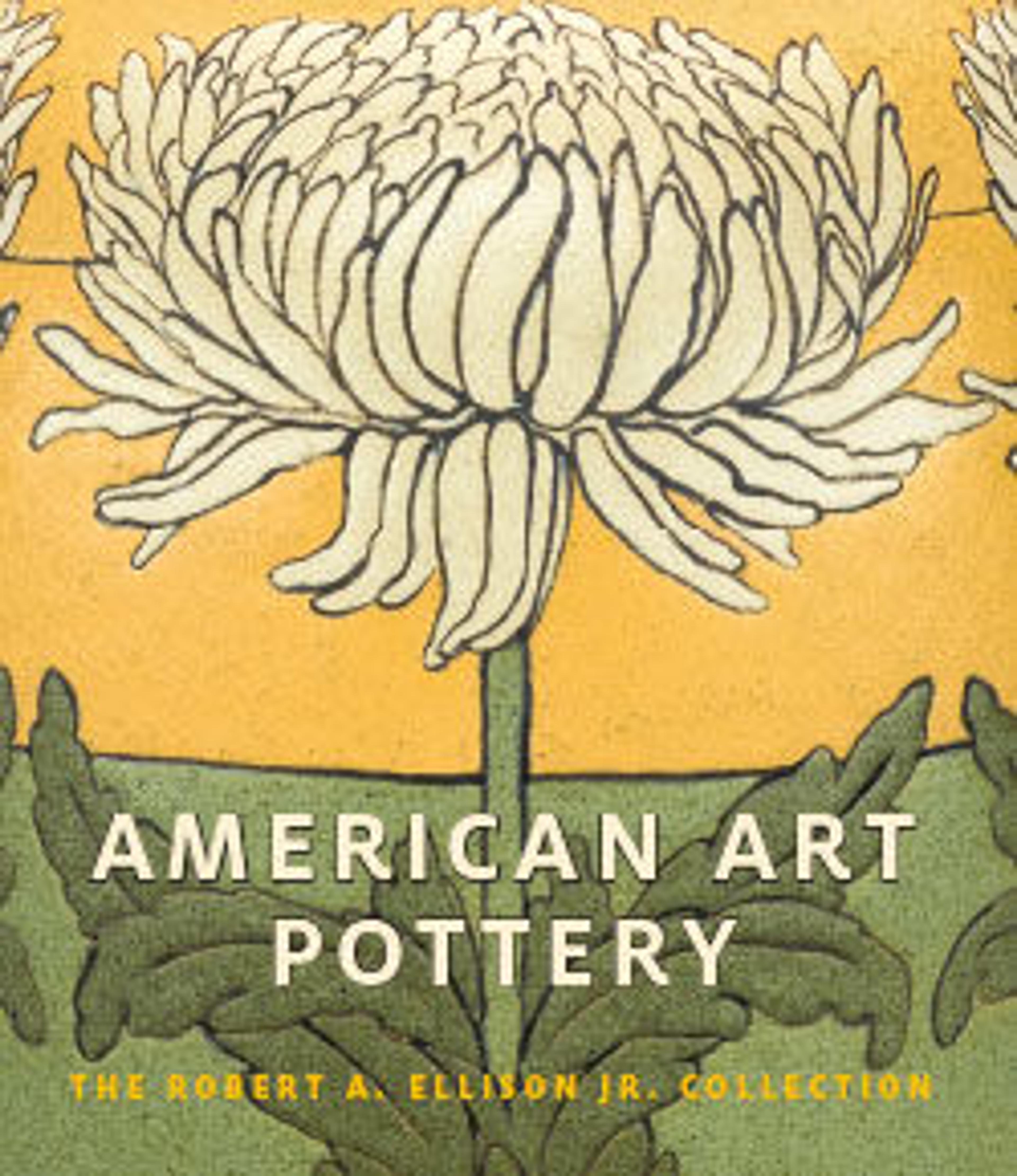Vase
The Chelsea Keramic Art Works was the first American ceramics firm to designate itself an "art pottery." It was founded in Chelsea, Massachusetts, by members of the Robertson family, all of whom had honed their skills in the ceramics industry in Britain before coming to this country. One of the most avant-garde of the firm’s designs is this squat, baluster-shaped vase. Its only decoration is a cut in the lip that has been curled back, paralleling concepts in Japanese pottery and prefiguring the inventive forms that George E. Ohr would soon use.
This vase is from the Robert A. Ellison Jr. Collection of American art pottery donated to the Metropolitan Museum in 2017 and 2018. The works in the collection date from the mid-1870s through the 1950s. Together they comprise one of the most comprehensive and important assemblages of this material known.
This vase is from the Robert A. Ellison Jr. Collection of American art pottery donated to the Metropolitan Museum in 2017 and 2018. The works in the collection date from the mid-1870s through the 1950s. Together they comprise one of the most comprehensive and important assemblages of this material known.
Artwork Details
- Title: Vase
- Manufacturer: Chelsea Keramic Art Works (1872–1889)
- Designer: Hugh C. Robertson (1844–1908)
- Date: ca. 1880–89
- Geography: Made in Chelsea, Massachusetts, United States
- Culture: American
- Medium: Earthenware
- Dimensions: 6 7/8 x 6 in. (17.5 x 15.2 cm)
- Credit Line: Gift of Robert A. Ellison Jr., 2018
- Object Number: 2018.294.27
- Curatorial Department: The American Wing
More Artwork
Research Resources
The Met provides unparalleled resources for research and welcomes an international community of students and scholars. The Met's Open Access API is where creators and researchers can connect to the The Met collection. Open Access data and public domain images are available for unrestricted commercial and noncommercial use without permission or fee.
To request images under copyright and other restrictions, please use this Image Request form.
Feedback
We continue to research and examine historical and cultural context for objects in The Met collection. If you have comments or questions about this object record, please contact us using the form below. The Museum looks forward to receiving your comments.
